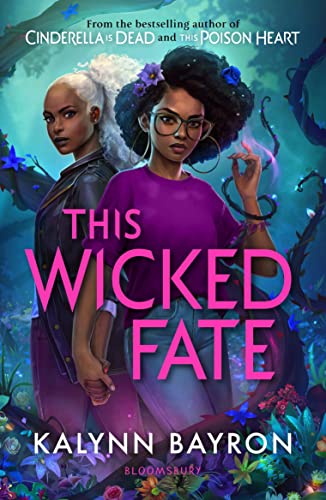Amazon Affiliate Link | Bookshop.org Affiliate Link This Wicked Fate by Kalynn Bayron is the sequel to This Poison Heart, her gothic YA fantasy filled with Black girl magic, Greek mythology, and impressive action. This book picks up directly after This Poison Heart and deals with Briseis trying to grapple with the events and betrayals of the last book. Faced withRead More
Maggie reviews This Poison Heart by Kalynn Bayron
Amazon Affiliate Link | Bookshop.org Affiliate Link This Poison Heart by Kalynn Bayron follows Briseis, a Black teenager who lives with her two moms in Brooklyn, helping them run their flower shop. Briseis has plant magic and can grow plants from a touch, but she doesn’t know the limits of her powers or how to controlRead More
Vic reviews This Poison Heart by Kalynn Bayron
Amazon Affiliate Link | Bookshop.org Affiliate Link Every time I think I might be done with YA, I read a book like this one. On a very basic level, Secret Garden meets Little Shop of Horrors with Greek mythology on top is just such a fun concept that I couldn’t not love it. Kalynn Bayron’sRead More
Maggie reviews Cinderella is Dead by Kalynn Bayron
I was very excited to get ahold of this ebook, because I’ve been listening to a lot of YA audiobooks lately while doing other things, and so I’ve gotten on a fantasy YA kick. It’s great to read some exciting new releases and promote new books during a time when we all desperately need goodRead More
Rachel Friars reviews Cinderella is Dead by Kalynn Bayron
Kalynn Bayron’s Cinderella is Dead is the queer fairy-tale retelling we needed in 2020. Bayron’s novel is doing amazing things for queer fiction, fantasy, and YA. If there’s anything we need more of, it’s books like this, and more from Bayron herself. It’s been a long time since we’ve seen a Cinderella with queer girls.Read More
